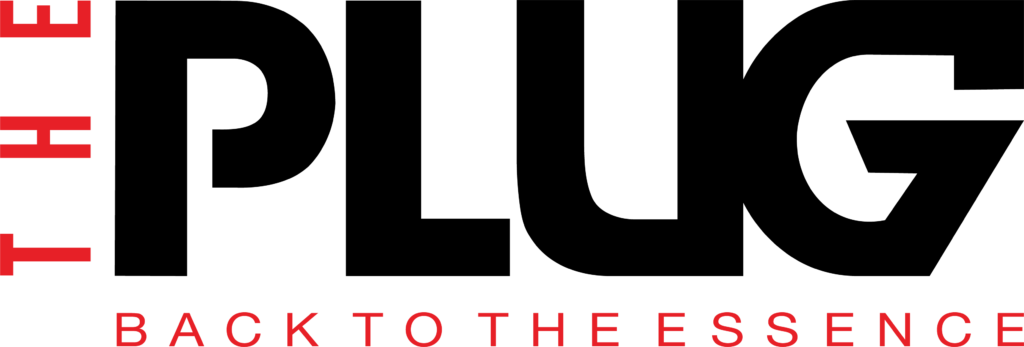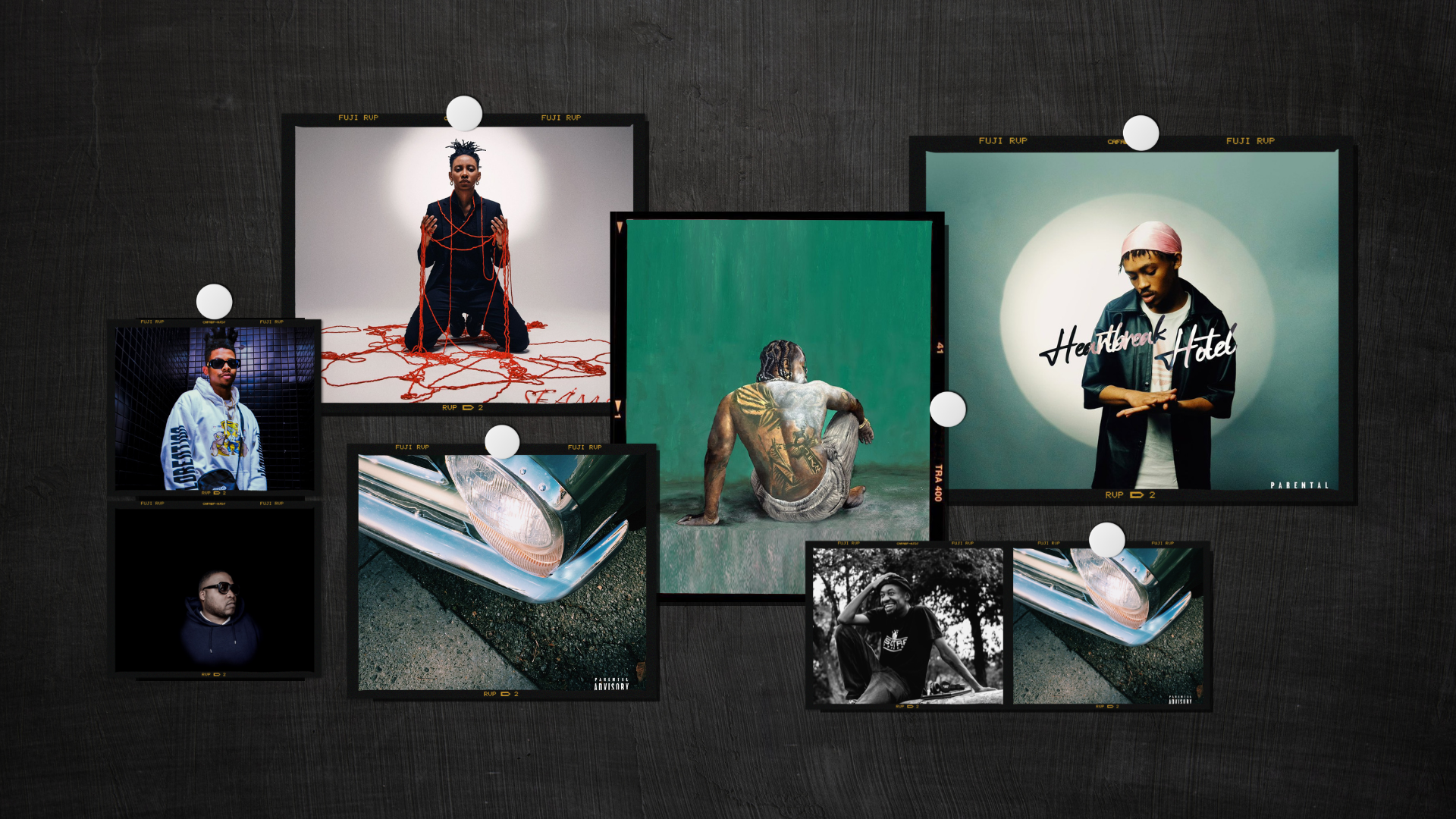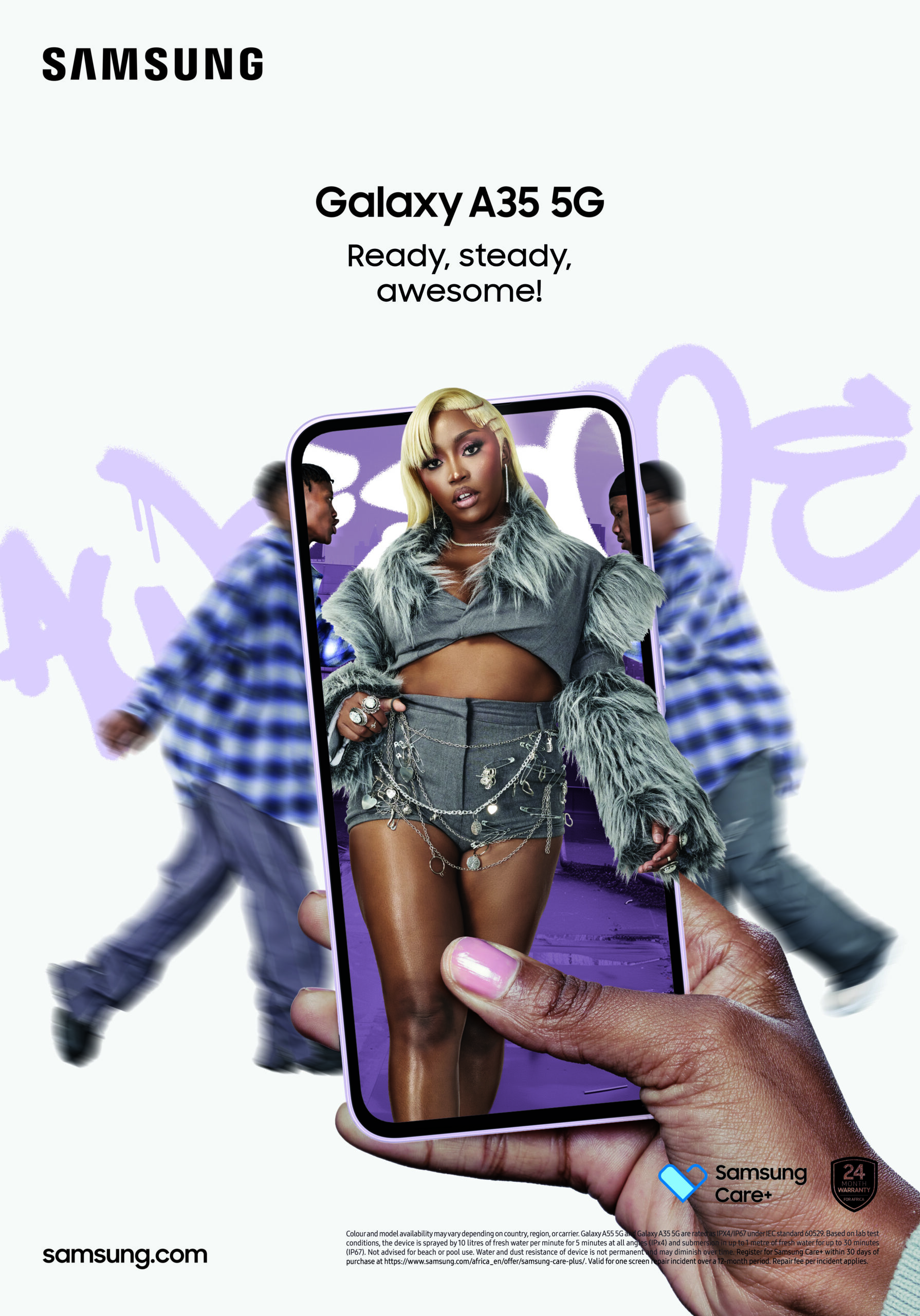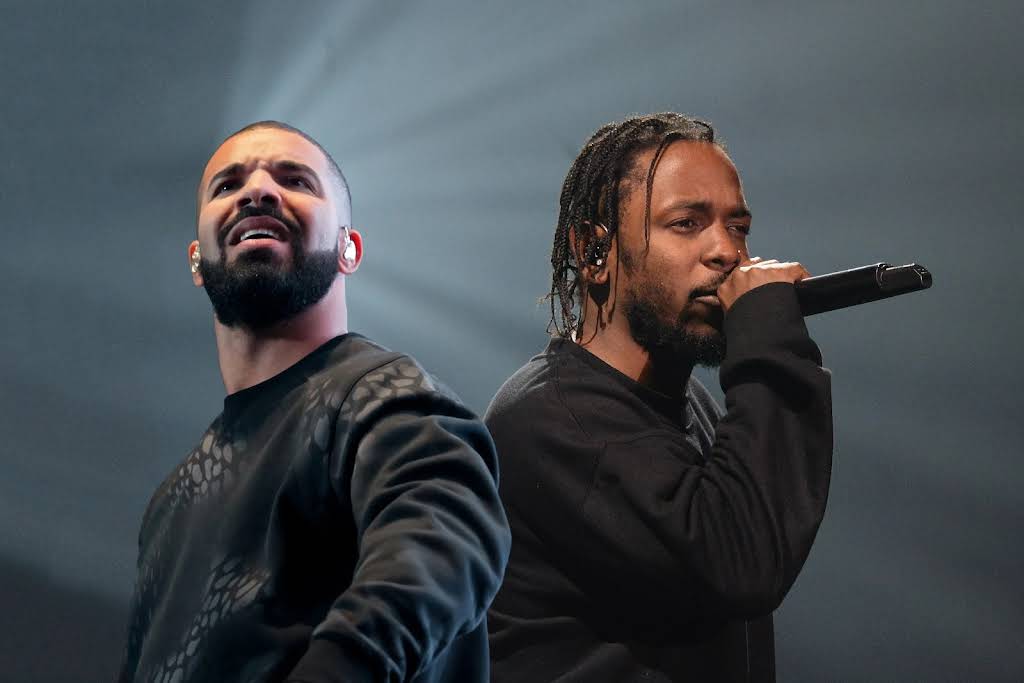Words by Mercia Tucker
Mafikeng is home to some of South Africa’s most talented and celebrated artists. When considering the cultural capital of South African music and entertainment spaces in the 90s, however, Maftown hardly came to mind. Kwaito took the urban youth by storm as the centre of a cultural revolution that validated a unique South African identity in the wake of its democracy, and Soweto was its epicentre.
Kwaito was refreshing in its authenticity. There was more freedom of expression in the hook of a kwaito track than most black mainstream artists had been allowed in the former regime and thus it took on a ‘For-Us-By-Us’ identity; a musical depiction of the reality of the township way of life, and a middle finger of sorts to the powers that be.

Early criticism of the genre reduced it to a bastardisation of hip hop. While entirely inaccurate, kwaito did provide a blueprint for the development of hip hop in SA in so far as self-expression, lifestyle, and identity were concerned. Kwaito showed us that it was OK to tangent the hamster circle of entertainment and revolutionise it while doing so.
The wheels of industry support and talent excavation for both genres, however, were still primarily turning in Johannesburg. As a cosmopolitan city, with a large and diverse population – as a result of migration for employment and economic opportunity – Joburg provided a hub of talent for artistic exploration. Kwaito was born here and hip hop flourished here; and where the former was expressed mainly in Nguni languages, the latter was predominantly English.

Mafikeng was part of the Bophuthatswana homeland in pre-democratic SA. The nominal self-rule that the homeland was granted meant that they relative complete control over the governance of the area. Some of the infrastructure that was built included the BBC (Bophuthatswana Broadcasting Corporation) which had two television channels and three radio stations that were not censored by Apartheid’s banning of certain coverage, three arts and cultural centres, and UniBo (University of Bophuthatswana) with a state of the art recording studio. Access to information and an appreciation of the arts were fostered in Mafikeng residents in this way.
Notwithstanding the fact that the majority of the inhabitants of Mafikeng identify ethnically as Tswana, the government also entrenched linguistic identity in its inhabitants by declaring Setswana a mandatory language subject until grade 12. It meant that while many Mafikeng inhabitants enjoyed the music that came out of Johannesburg, they didn’t identify with it in a social and cultural context.

Motswako was born out of that appreciation of the arts and need for self-identification. Literally translated, the word means ‘mixture’ and that’s exactly what the sound was; a melting pot of different genres sonically, and raps that oscillated between Setswana and English. One of the pioneers of the sound, Prof Sobukwe (one half of the duo Baphixile) worked with Glen Lewis at Radio Bop and rapped his jingles in Setswana. When he came to Johannesburg and linked up with Blax Myth (the other half of the duo), they decided that that was the style their music would take and a hip hop sub-genre was born.
We’ve seen a slew of Motswakolistas take up the baton since and take the genre to new heights. Jabba (HHP) has had a long and illustrious career with two albums that went gold, a number of awards won, and has been a mentor of sorts to Cassper Nyovest. Khuli Chana started off in the group Morafe (with Kay-G and Towdee) and his solo career has also seen him sell gold on Lost in Time, tour the country to sold-out shows, and become a documentary film-maker with Picking Up The Pieces. Cassper Nyovest has grown in motswako to become one of the biggest artists in the country, with both his albums certified platinum, stadium shows, and a record label of his own, Family Tree. Tuks Senganga, Mo Molemi, JR, and Fifi Cooper (the First Lady of Motswako) have achieved resounding success as well.

Motswako also has a music festival dedicated to its existence. Proving its marketability in other geographical areas, Maftown Heights takes place in Johannesburg and has made a case for the popularity of motswako outside of Mafikeng. As a homage to the city and the music that developed in it, it’s grown to become the second biggest hip hop event in Africa with over 10,000 visitors. The event generally features the ‘Motswako Crew’ and ‘Friends of Motswako’ in one of the most anticipated events in the hip hop calendar.
The impact that the sub-genre has had on the rest of the hip hop community has been immense. The beats are eclectic, generally easy on the ear and draw on various influences like kwaito, house music, and traditional hip hop sounds, thus appealing to as wide a market as possible. In that way it’s guided the rest of the hip hop community on versatility and heterogeneity, with an increased and varied audience now captive to an otherwise limited genre.

The rapping both opened Setswana speakers up to a personalized genre but also the rest of the country to music that, while you may not understand entirely, moved you viscerally with a variety of flows. Motswako has become one of the biggest movements in local hip hop and how its future will be shaped. It’s distinguished SA hip hop from the rest of the pack with a unique identity and refreshing sound and we owe that to Mafikeng.






